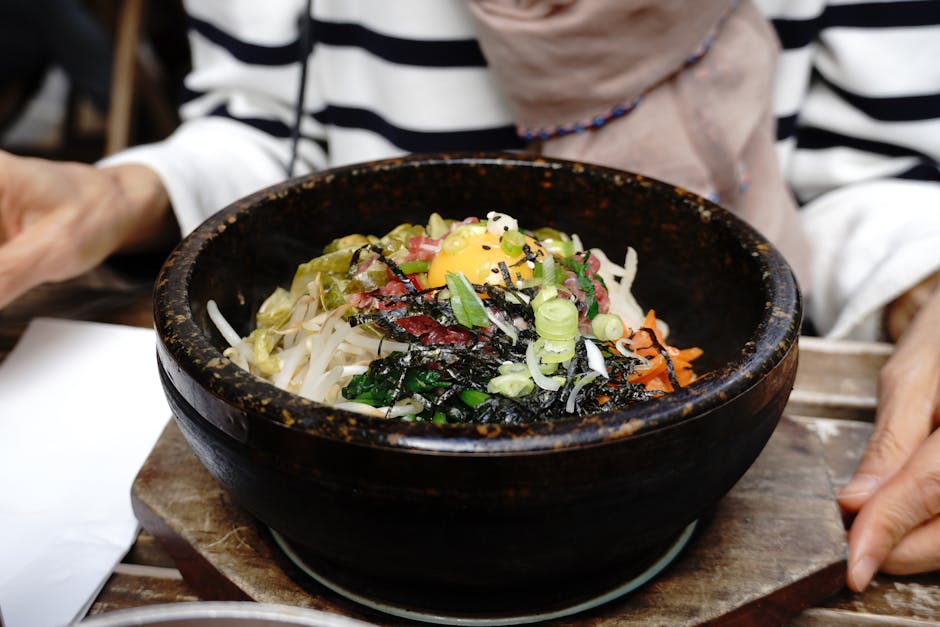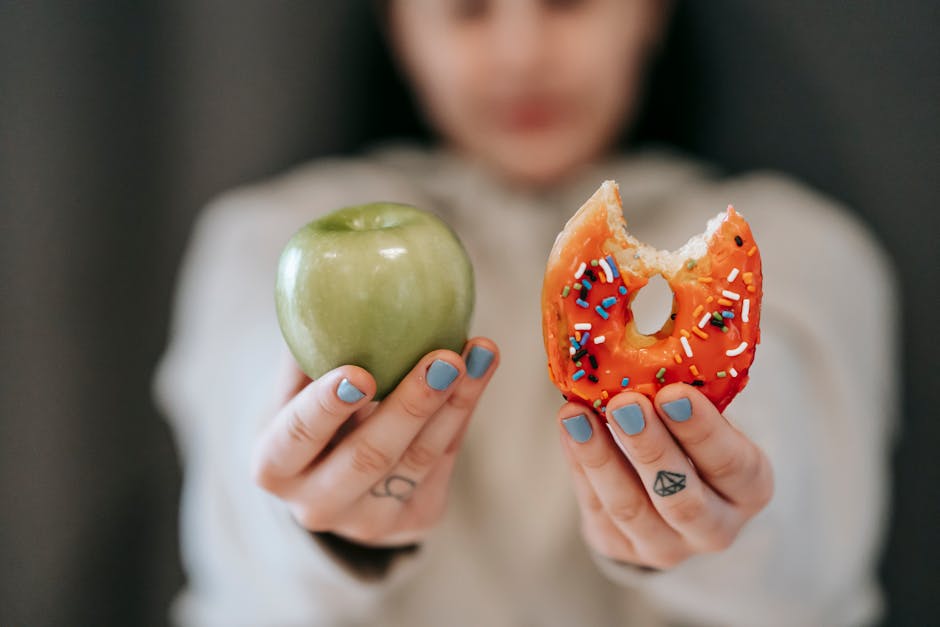Exploring How to Cope with Cravings: Strategies for Success
Cravings – those intense desires for specific foods, drinks, or substances that can sometimes feel impossible to resist. Whether it’s the urge to devour a decadent piece of chocolate cake or reach for a cigarette when feeling stressed, cravings can be a challenging aspect of daily life for many individuals. Learning how to cope with cravings effectively is not only essential for maintaining a healthy lifestyle but also for supporting overall well-being and longevity. In this comprehensive guide, we will delve into the intricacies of cravings, understanding their underlying causes, exploring effective coping strategies, and sharing expert insights on how to manage and overcome these powerful urges. So, let’s embark on this journey together and discover the keys to mastering your cravings.
The Science Behind Cravings
Before delving into coping strategies, it’s crucial to understand the science behind cravings. Cravings are complex phenomena that involve a combination of psychological, physiological, and environmental factors. At the core of cravings lies the brain’s reward system, which is responsible for reinforcing behaviors associated with pleasure and satisfaction. When we engage in activities that activate the brain’s reward pathways, such as eating delicious foods or using addictive substances, the brain releases neurotransmitters like dopamine that create a sense of pleasure and reward.
Over time, repeated exposure to these rewarding stimuli can lead to the development of cravings. For example, individuals who frequently consume sugary foods may experience cravings for sweets due to the release of dopamine and the associated pleasure response. Additionally, external cues such as advertisements, social situations, or emotional triggers can also trigger cravings, further reinforcing the cycle of desire and consumption.
Moreover, research has shown that certain foods, especially those high in sugar, fat, and salt, can hijack the brain’s reward system and lead to cravings similar to those seen in individuals with substance use disorders. This phenomenon highlights the powerful influence of food on our brain chemistry and underscores the importance of understanding and managing cravings to promote healthy eating habits and overall well-being.
Identifying Triggers and Patterns
One of the first steps in coping with cravings is identifying the triggers and patterns that contribute to their emergence. By recognizing the specific situations, emotions, or thoughts that precede cravings, individuals can develop greater self-awareness and insight into their behaviors. Keeping a cravings journal can be a helpful tool in this process, allowing individuals to track when cravings occur, what triggers them, and how they respond.
Common triggers for cravings include stress, boredom, social situations, emotional distress, and even specific times of day. For example, some individuals may experience cravings for comfort foods when feeling anxious or lonely, while others may crave sugary snacks in the afternoon as a pick-me-up. By identifying these triggers, individuals can proactively address the underlying issues that contribute to cravings and develop healthier coping mechanisms.
In addition to triggers, it’s essential to recognize patterns in cravings, such as the types of foods or substances that are most commonly craved, the frequency of cravings, and any associated emotions or physical sensations. Understanding these patterns can provide valuable insights into the underlying motivations behind cravings and empower individuals to make informed choices about how to cope effectively.
Healthy Coping Strategies

Once triggers and patterns have been identified, it’s time to explore effective coping strategies for managing cravings. While the intensity and frequency of cravings may vary from person to person, there are several evidence-based techniques that can help individuals navigate and overcome these powerful urges. Here are some healthy coping strategies to consider:
1. Mindful Eating
Mindful eating involves paying close attention to the sensory experiences of eating, such as the taste, texture, and aroma of food, without judgment or distraction. By practicing mindfulness during meals, individuals can cultivate a greater awareness of their hunger cues, improve their relationship with food, and reduce impulsive eating behaviors that can lead to cravings.
Research has shown that mindful eating can help individuals savor their meals, make healthier food choices, and reduce emotional eating. By slowing down and savoring each bite, individuals can become more attuned to their body’s signals of hunger and fullness, leading to a more balanced and satisfying eating experience.
2. Distract and Delay
When a craving strikes, distracting oneself with a different activity or task can help disrupt the urge and reduce its intensity. Engaging in physical exercise, reading a book, listening to music, or practicing deep breathing exercises are all effective ways to distract the mind and shift focus away from the craving.
In addition to distraction, delaying the gratification of the craving can also be a valuable strategy. By setting a timer for 10-15 minutes and waiting before acting on the craving, individuals can give themselves time to evaluate the urge, consider healthier alternatives, and make a more intentional choice about how to respond.
3. Practicing Self-Compassion
Self-compassion involves treating oneself with kindness, understanding, and acceptance, especially in moments of difficulty or struggle. When facing cravings, it’s important to practice self-compassion and avoid self-criticism or judgment. By acknowledging the challenges of managing cravings and offering oneself support and encouragement, individuals can cultivate a positive and nurturing relationship with themselves.
Research has shown that self-compassion can help individuals cope with stress, regulate emotions, and promote healthier behaviors. By extending compassion and understanding to oneself, individuals can navigate cravings with greater ease and resilience, fostering a sense of self-care and well-being.
4. Seeking Support
Connecting with others who understand and empathize with the challenges of managing cravings can provide valuable support and encouragement. Whether through friends, family, support groups, or mental health professionals, seeking support can help individuals feel understood, validated, and motivated to overcome cravings.
Support can take many forms, including sharing experiences, receiving feedback, and learning new coping strategies from others. By building a support network of individuals who share similar goals and values, individuals can feel empowered to face cravings with confidence and resilience, knowing that they are not alone in their journey.
Expert Opinions

We spoke with Dr. Sarah Johnson, a clinical psychologist specializing in addiction and eating disorders, to gain her expert insights on how to cope with cravings effectively. According to Dr. Johnson, “Understanding the underlying emotional and psychological factors that contribute to cravings is key to developing healthy coping strategies. By addressing these root causes and exploring alternative ways to meet emotional needs, individuals can reduce the intensity and frequency of cravings over time.”
Dr. Johnson also emphasizes the importance of self-awareness and self-compassion in managing cravings, stating, “Practicing mindfulness, self-compassion, and emotional regulation techniques can help individuals navigate cravings with greater ease and confidence. By approaching cravings with curiosity and openness, individuals can learn valuable information about their thoughts, emotions, and behaviors, leading to greater self-understanding and empowerment.”
Conclusion
To wrap things up, coping with cravings is a multifaceted process that requires self-awareness, healthy coping strategies, and ongoing support. By understanding the science behind cravings, identifying triggers and patterns, and implementing effective coping strategies, individuals can learn to navigate and overcome these powerful urges with greater ease and resilience. Remember, cravings are a normal part of the human experience, and it’s essential to approach them with curiosity, compassion, and a willingness to learn and grow. By cultivating mindfulness, self-compassion, and a supportive network of individuals, you can develop the skills and resilience needed to master your cravings and live a healthier, more fulfilling life.
Long story short, coping with cravings is a journey of self-discovery and growth that requires patience, persistence, and a commitment to self-care. By applying the strategies and insights shared in this guide, you can take proactive steps towards managing cravings effectively and creating a more balanced and satisfying relationship with food, drinks, and substances. So, embrace the challenges, celebrate the victories, and remember that you have the strength and resilience to overcome cravings and thrive in all aspects of your life. Here’s to a healthier, happier, and more empowered you!




